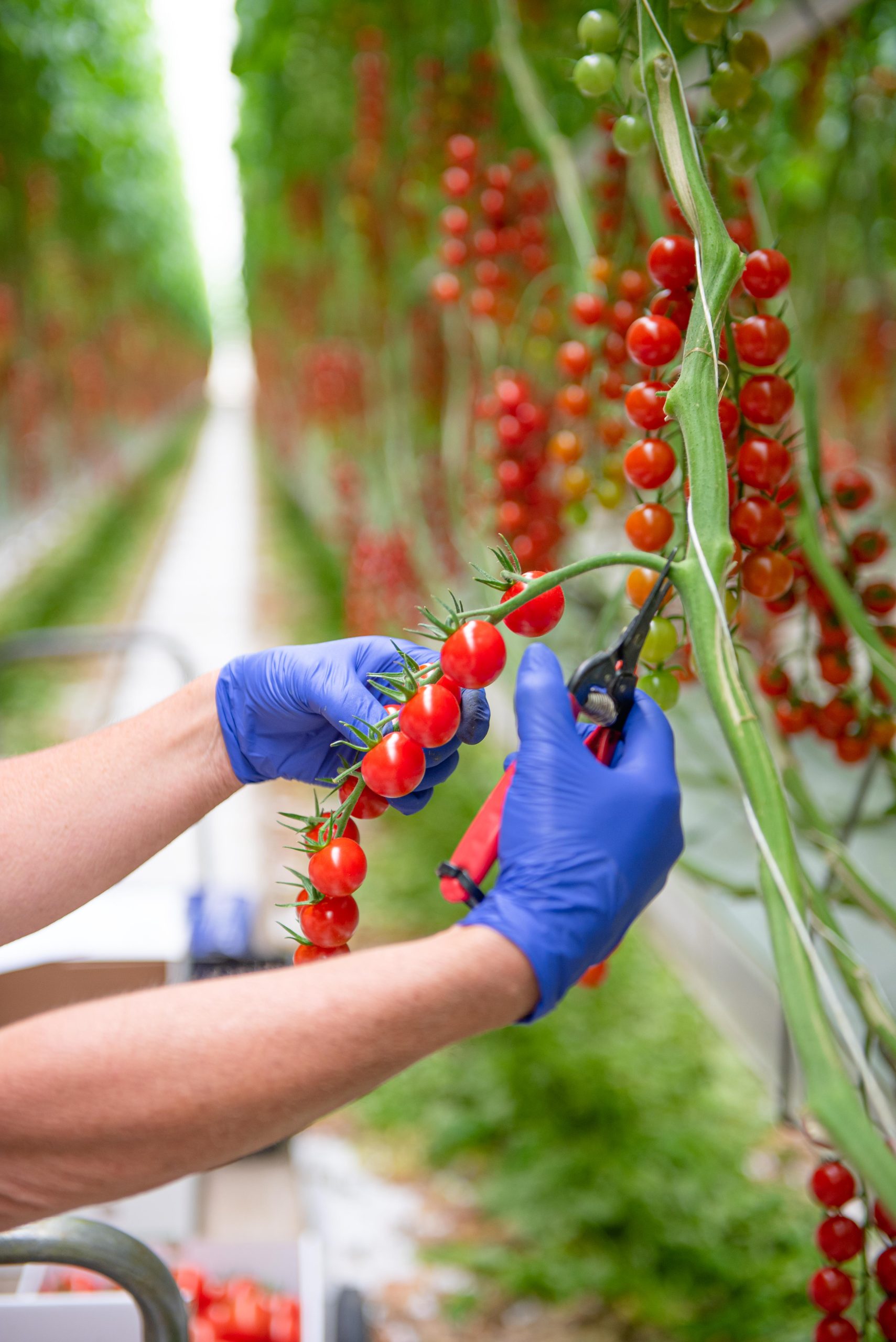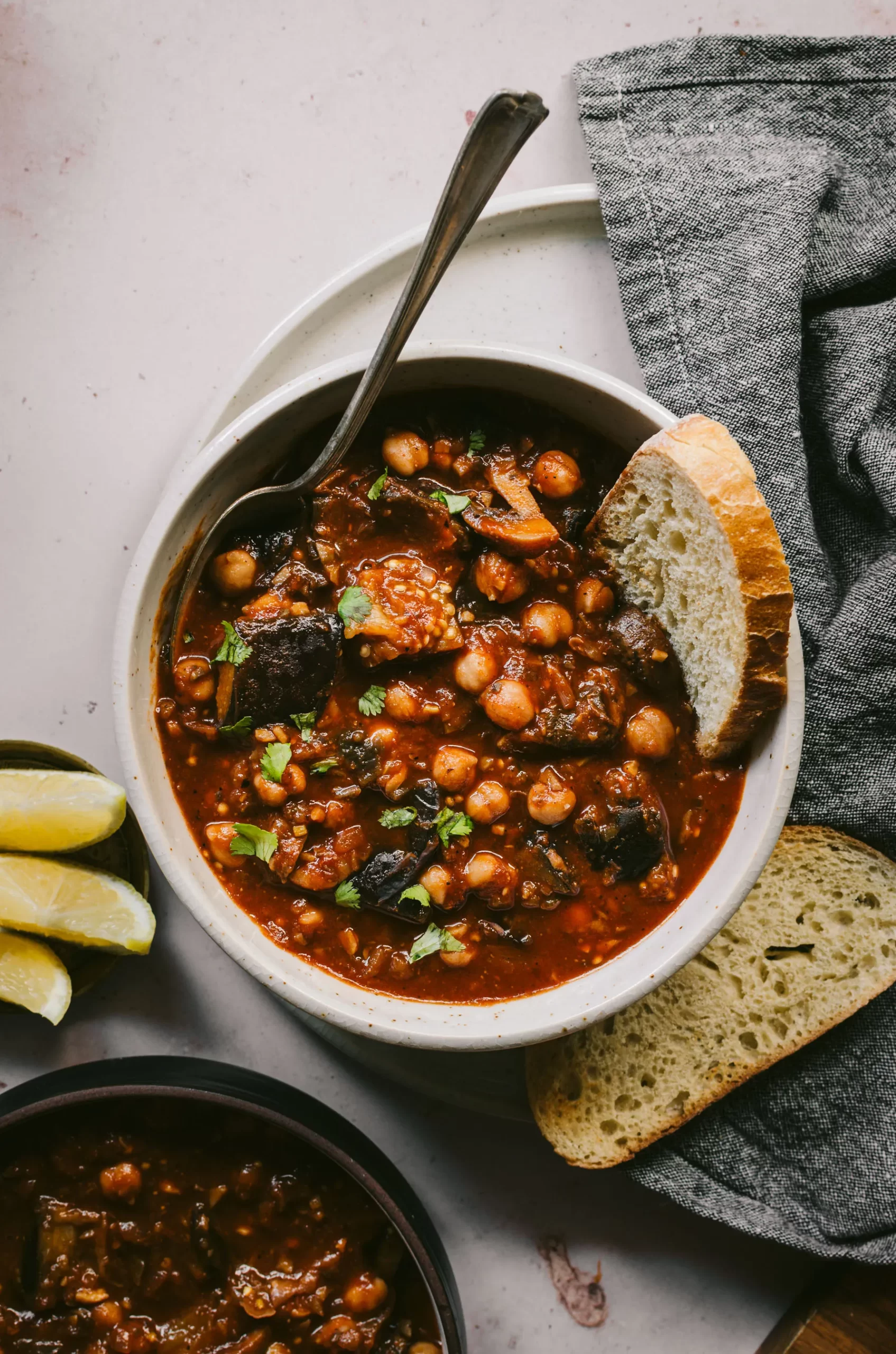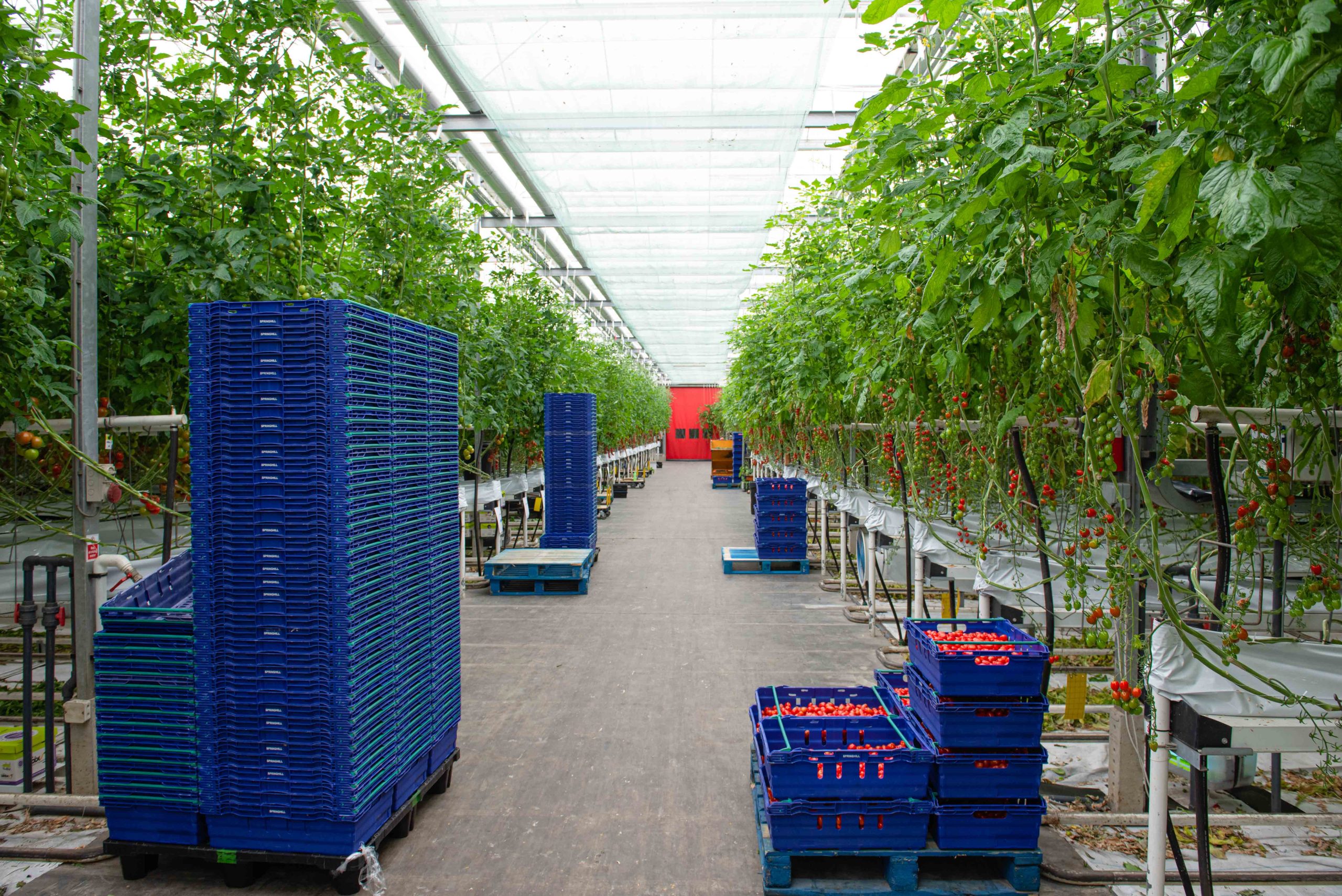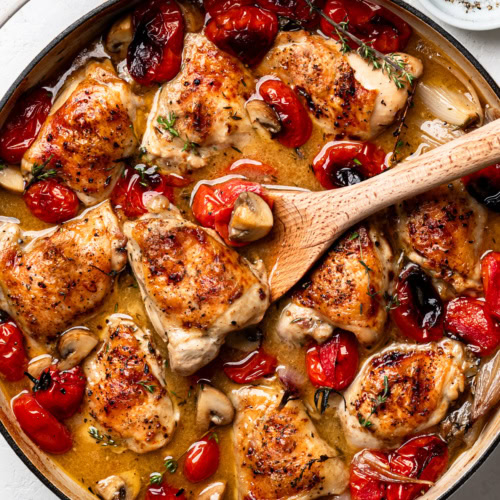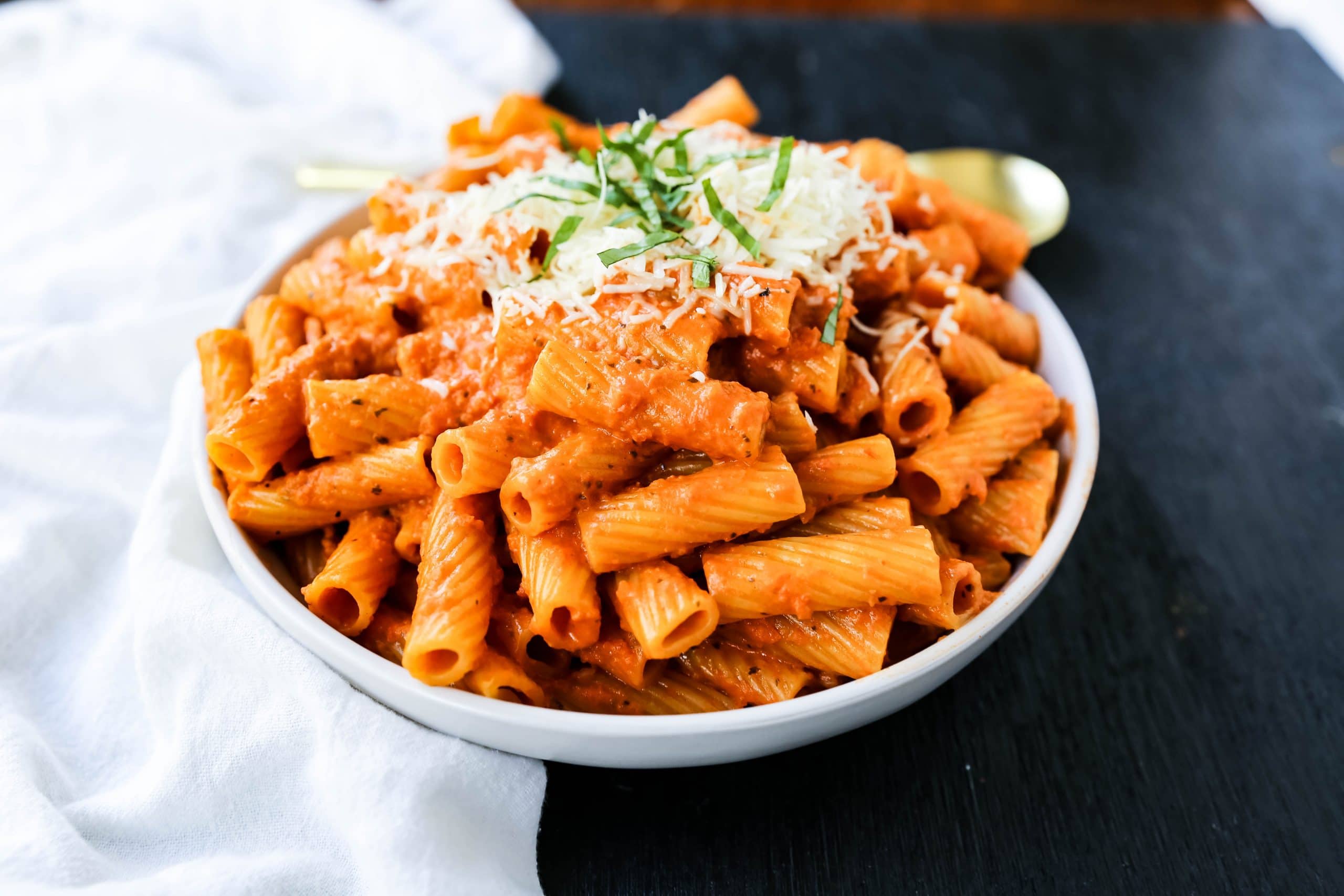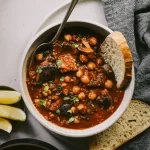Tomatoes are one of Britain’s favourite ingredients – from fresh summer salads to hearty winter stews, they’re a staple in kitchens across the country. But behind those bright red fruits lies a story of science, sustainability, and surprising success here in the UK. Whether you grow your own or buy them at the supermarket, here are three fascinating facts about British tomatoes you might not know.
1. The UK Grows Millions of Tomatoes Every Year
You might think tomatoes are mostly imported from warmer countries like Spain or the Netherlands – and while that’s true for many varieties, UK growers produce an impressive 100,000 tonnes of tomatoes each year. Most are grown in high-tech greenhouses located in places like Kent, Yorkshire, and the Isle of Wight, where growers use advanced climate control systems to mimic Mediterranean conditions.
2. British Tomato Season Runs from March to October
Unlike imported varieties that are available all year round, British-grown tomatoes have a true season, typically from March through to October. During these months, you’ll find UK tomatoes that are fresher, juicier, and often more flavourful because they’ve ripened naturally closer to home.
3. The Tomato Didn’t Become Popular in Britain Until the 1800s
It’s hard to imagine British cuisine without tomatoes, but they were once viewed with suspicion! When tomatoes first arrived from South America in the 16th century, many people believed they were poisonous because they belonged to the nightshade family. It wasn’t until the 19th century that tomatoes became widely accepted as food in Britain, and since then, they’ve become a national favourite.

